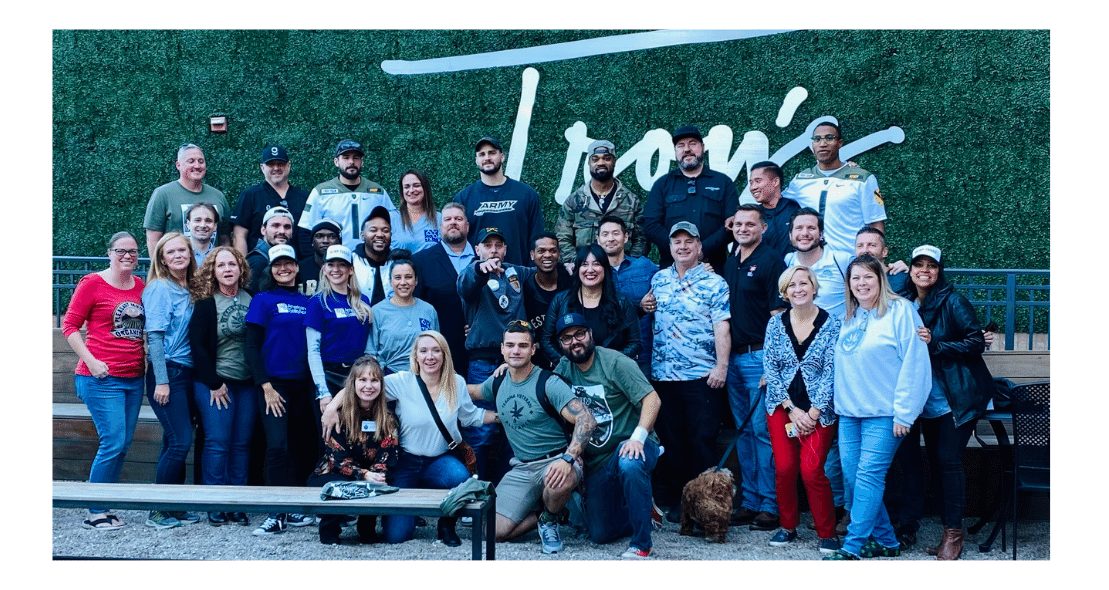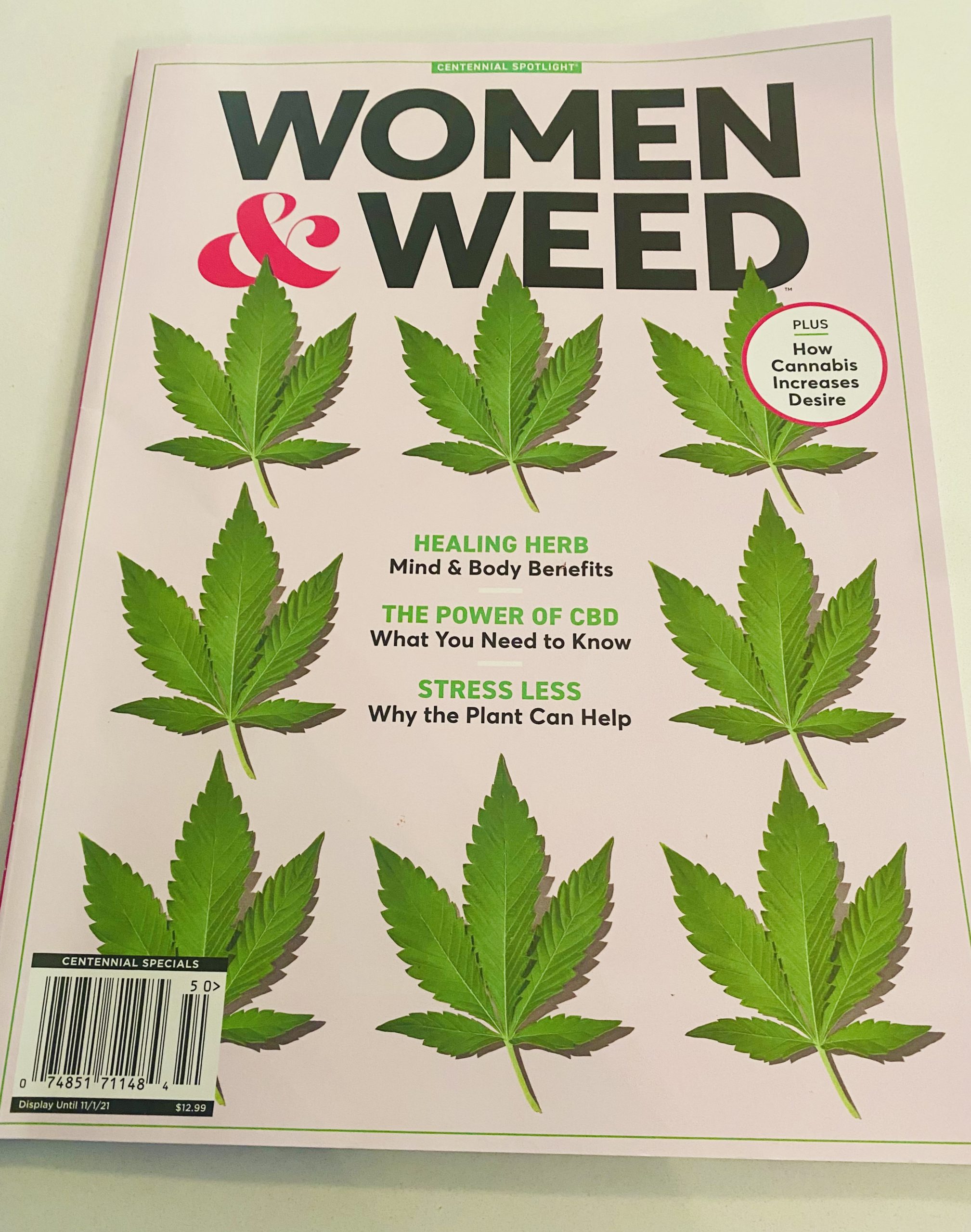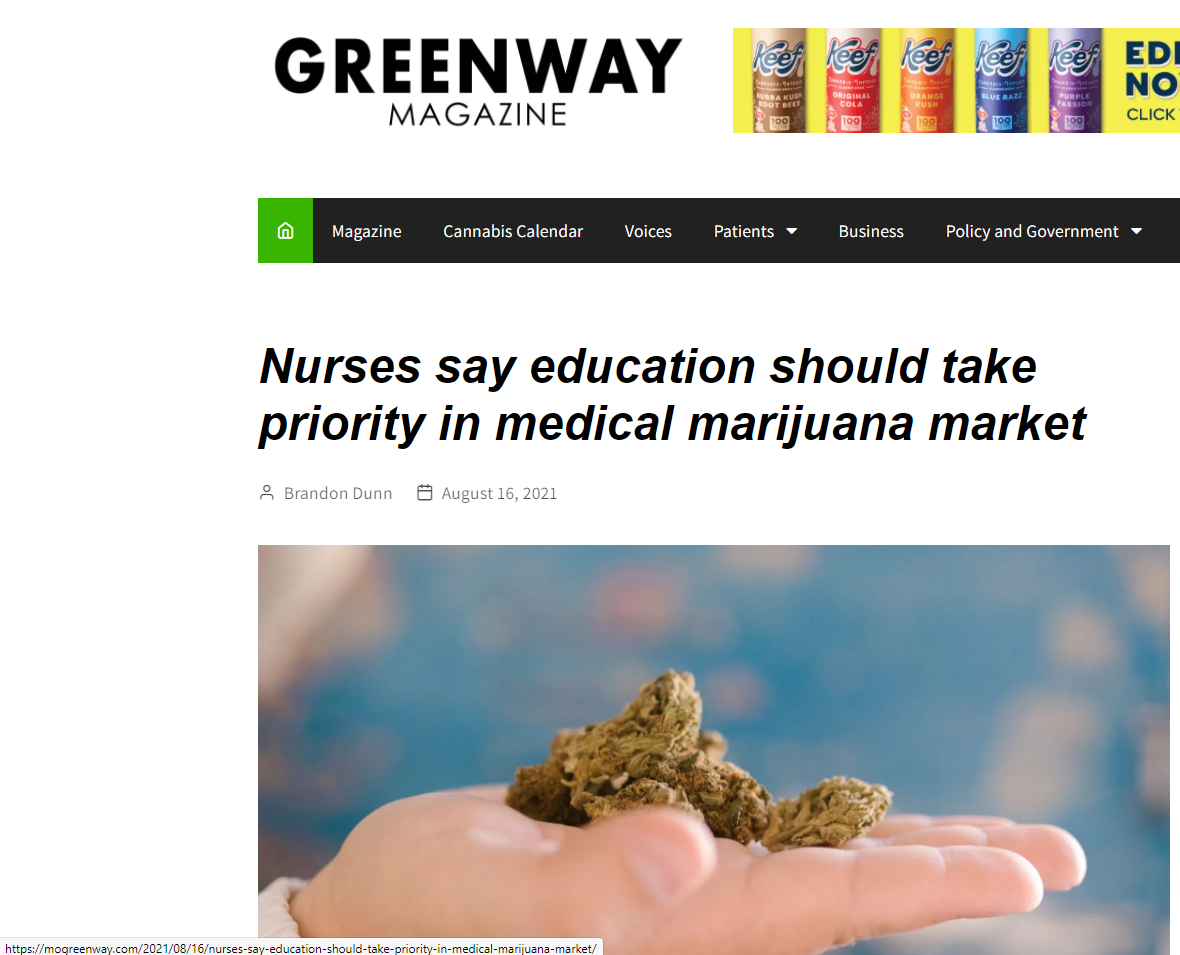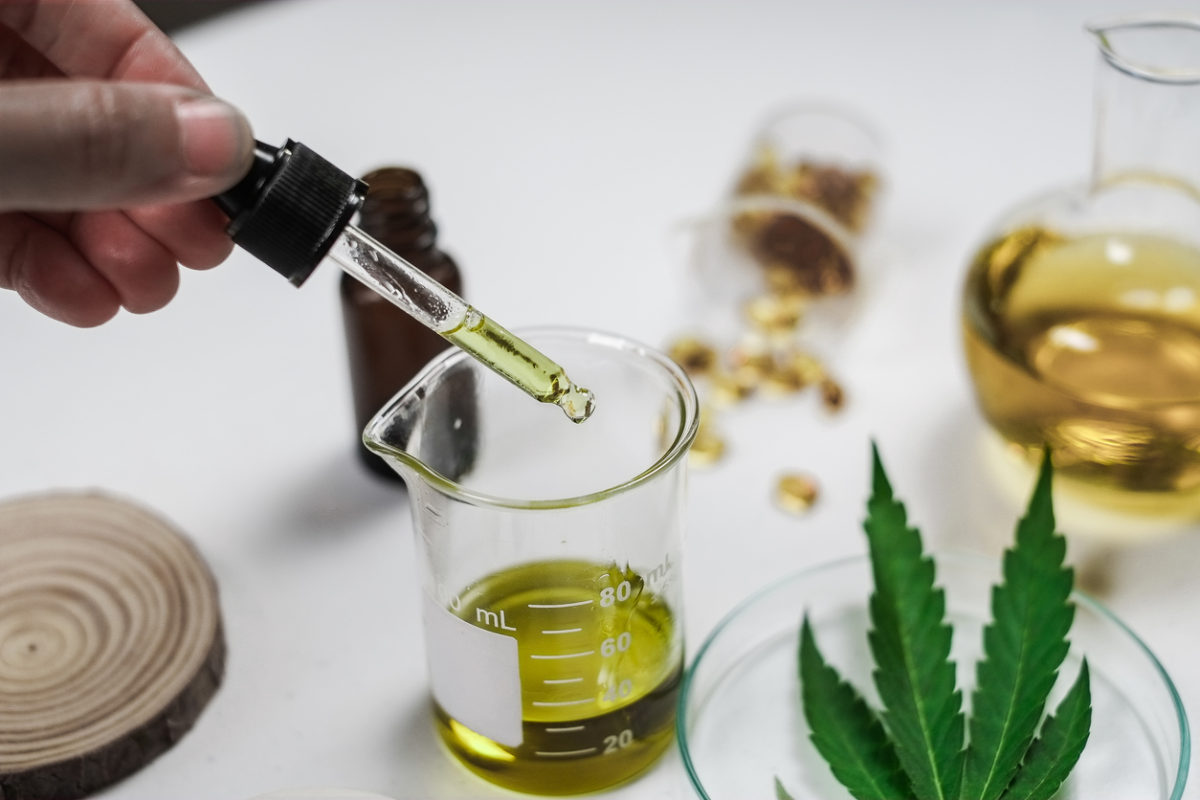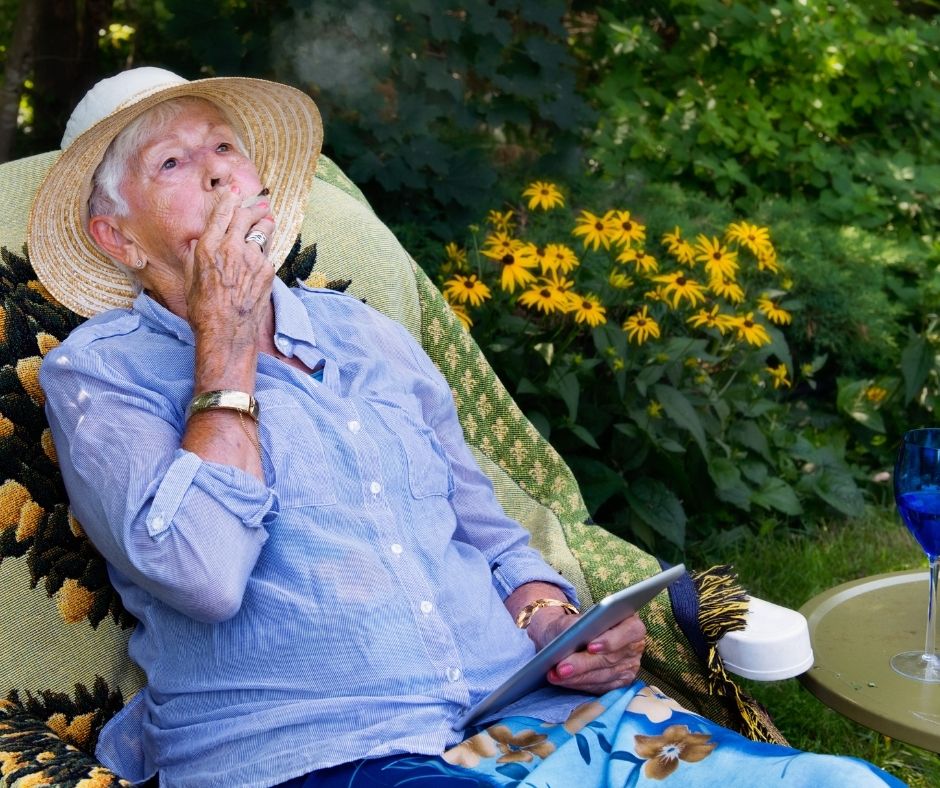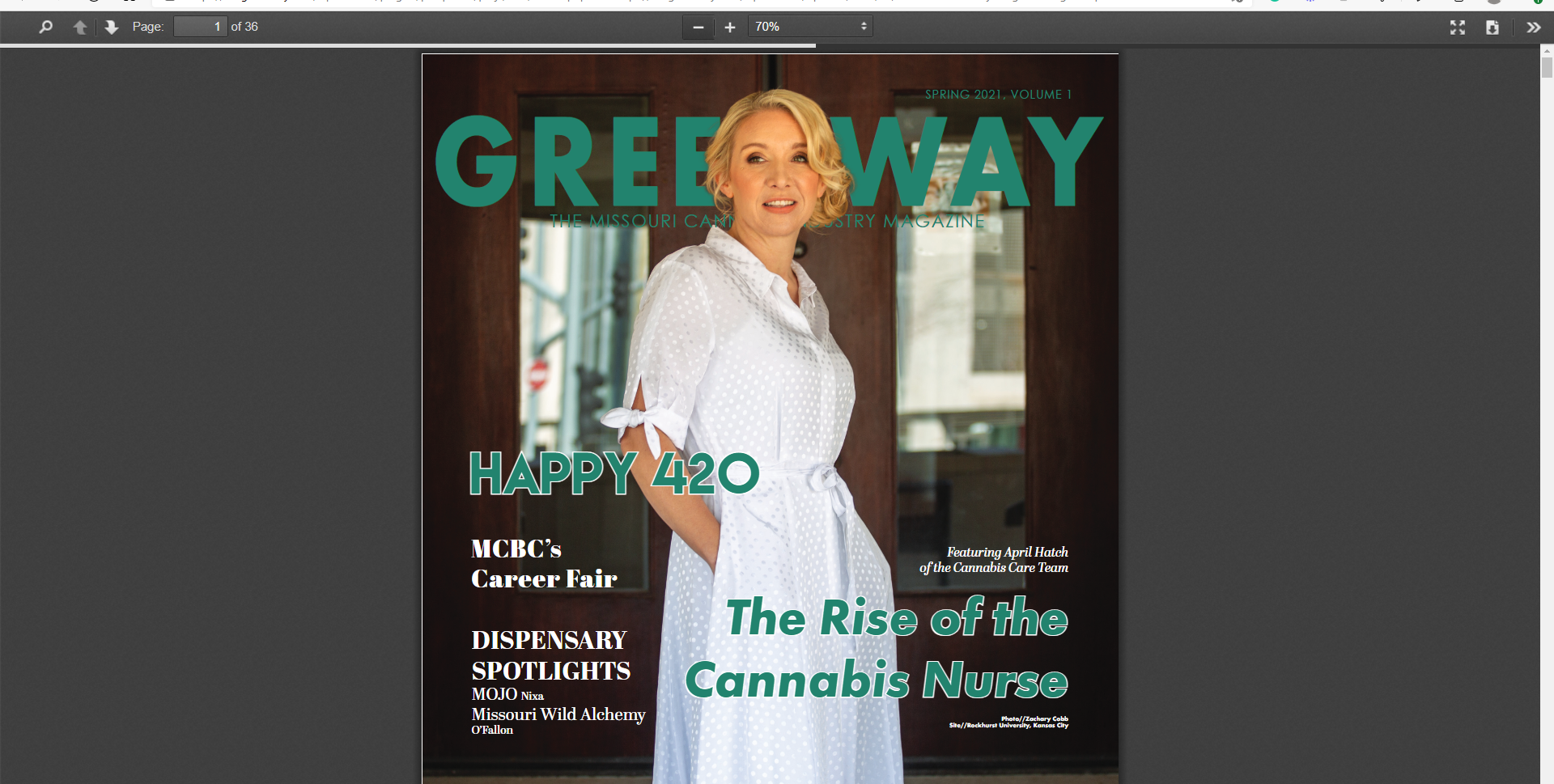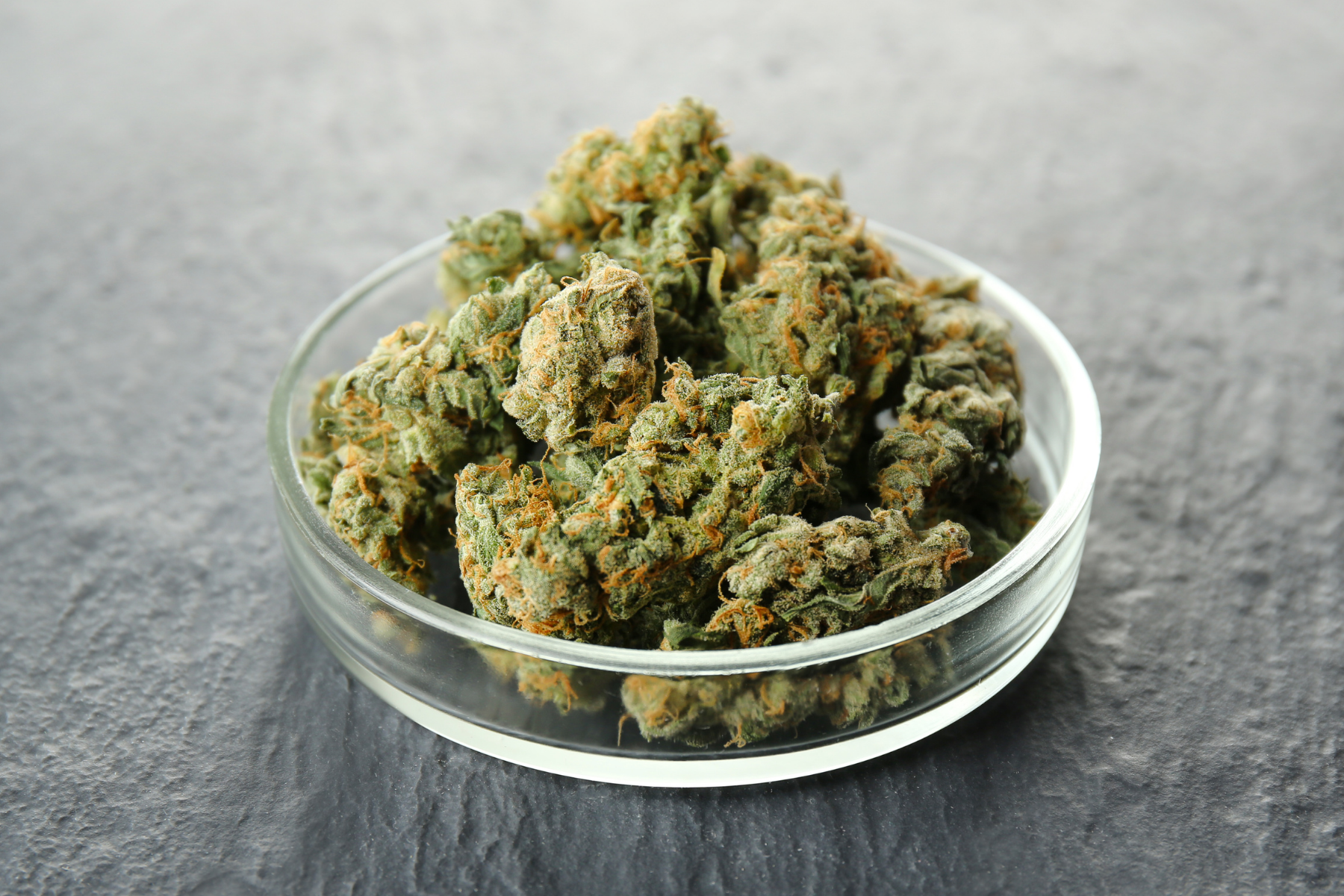Cannabis Care Team brings their successful in-person training to you online
April Hatch is a cannabis nurse. She’s also a mom, a daughter, a wife, and a career-minded professional. When one of her own children was the victim of a traumatic brain injury, April became determined to bring together all of the many roles she fills each day into a career that “traditional” clinicians would have scoffed at just five short years ago.
It was then that April and her mom, Heidi, decided there was a great need for cannabis education – for EVERYONE. Cannabis patients in medical markets, cannabis consumers in all markets, regardless of legality, and cannabis industry professionals are all clamoring for more education about the potential of a plant that has been around for centuries, but found itself the target of a continuing struggle with prohibition and stigma for most of the 20th century. Thus the need for and the creation of the Cannabis Care Team (CCT).
Since 2019, the Cannabis Care Team has devoted themselves to educating everyone from patients to families, operators to budtenders, alternative medical professionals to the most reserved clinicians. In just 2 short years, CCT has conducted over 350 private patient consultations and trained over 250 industry professionals. Our in-person training has been lauded as the most comprehensive training available for budtenders and our dedication to interactive training and content and styles that appeal to adult learners has proven to be rewarding and has furthered our mission exponentially.
With the onset of the pandemic in 2020 and the continuation of safety concerns still present today, coupled with the frequent turnover in the industry and the growing number of licenses operators scaling up across the nation, it became our loftiest goal yet – take our engaging content and make it available online!
With that in mind, we’ve spent the past year developing eLearning content that can provide evidence-based education for the cannabis industry regardless of geography. We’re pleased to announce that our new online training will be hosted by upLVL, Inc. We chose upLVL because their mission is to elevate the cannabis industry and inspire confidence in its workers. upLVL’s learners gain a better understanding of the marijuana industry and become more confident as certified retail employees. upLVL works with the highest quality course publishers and assures we work together to deliver engaging and relevant content that is valuable for continuing education in this market that continues to change swiftly.
Ready to learn more about CCT’s online learning?


